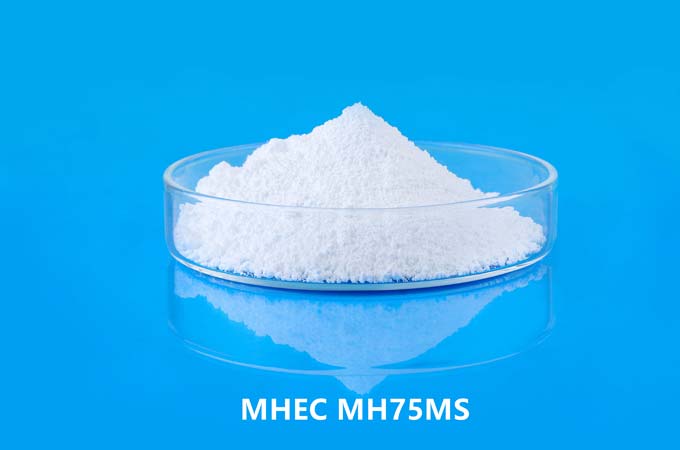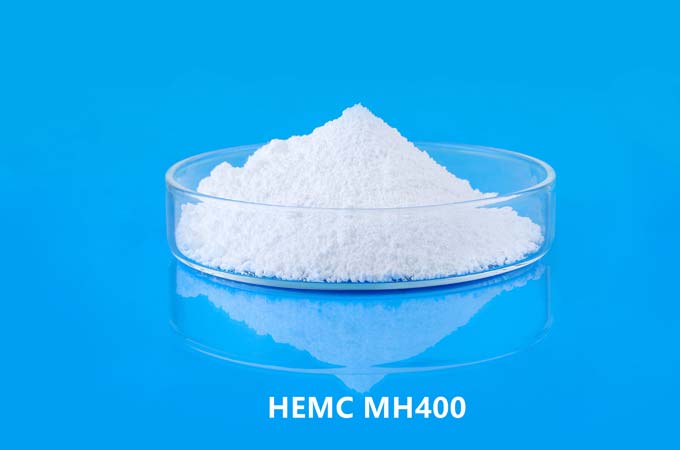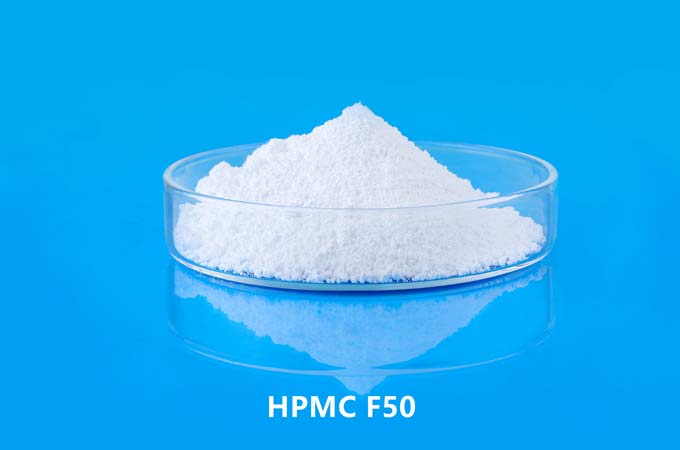The improvement effects of hydroxypropyl methyl cellulose (HPMC) on cement-based materials are manifold, encompassing various aspects ranging from workability and durability to mechanical properties and environmental sustainability.
1. Workability Enhancement:
HPMC acts as a rheology modifier, enhancing the workability of cement-based mixes. By effectively reducing water evaporation and controlling the consistency of the mix, it improves its pumpability, spreadability, and cohesiveness. This facilitates easier handling during construction activities, leading to enhanced productivity and reduced labor costs.
2. Water Retention and Consistency Maintenance:
One of the significant roles of HPMC is its ability to retain water within the cementitious matrix. This characteristic prolongs the hydration process, ensuring a more thorough and uniform curing of the concrete. Additionally, it helps maintain the consistency of the mix over extended periods, thereby reducing the need for frequent adjustments and ensuring uniformity in the final product.
3. Improved Adhesion and Cohesion:
HPMC enhances the adhesion between cement particles and other construction materials such as aggregates and reinforcing fibers. This results in a denser and more cohesive microstructure, minimizing the risk of segregation and bleeding. Improved adhesion also enhances the bond strength between the substrate and applied coatings or finishes, thereby enhancing the overall durability of the structure.
4. Crack Mitigation and Durability Enhancement:
The incorporation of HPMC in cement-based materials contributes to the reduction of shrinkage and cracking tendencies. By minimizing water loss during the early stages of hydration, it helps mitigate plastic shrinkage cracks and subsequent drying shrinkage. Furthermore, the improved pore structure and reduced permeability resulting from HPMC incorporation enhance the material's resistance to chemical attack, freeze-thaw cycles, and other deleterious environmental factors, thereby extending its service life.
5. Impact on Mechanical Properties:
HPMC-modified cementitious materials often exhibit improved mechanical properties such as compressive strength, flexural strength, and abrasion resistance. The enhanced hydration process facilitated by HPMC leads to the formation of a more refined and homogenous microstructure, resulting in superior mechanical performance. This is particularly advantageous in applications requiring high-strength concrete or in structures subjected to heavy loads and harsh operating conditions.
6. Environmental Sustainability:
Utilizing HPMC in cement-based materials can contribute to environmental sustainability by reducing the overall carbon footprint of construction activities. By enhancing workability and reducing the water-to-cement ratio, it enables the production of more durable and resource-efficient concrete mixes. Moreover, the extended service life of structures due to HPMC incorporation reduces the need for frequent repairs and replacements, thereby conserving natural resources and minimizing construction waste.
7. Compatibility with Additives and Supplementary Cementitious Materials (SCMs):
HPMC exhibits good compatibility with a wide range of additives and SCMs commonly used in cement-based formulations. This compatibility allows for synergistic effects, further enhancing the performance and versatility of the resulting materials. Whether used in combination with chemical admixtures, mineral additives, or pozzolanic materials, HPMC can effectively contribute to achieving desired properties while maintaining the overall sustainability and cost-effectiveness of the construction process.
The incorporation of hydroxypropyl methylcellulose (HPMC) in cement-based materials offers multifaceted improvement effects, spanning workability enhancement, durability enhancement, mechanical property enhancement, and environmental sustainability. By optimizing mix performance, minimizing resource consumption, and extending the service life of structures, HPMC contributes to the advancement of sustainable construction practices and the development of more resilient infrastructure systems.
 English
English 日本語
日本語 français
français Deutsch
Deutsch Español
Español italiano
italiano русский
русский português
português العربية
العربية Türkçe
Türkçe Nederland
Nederland



